As the data analysis of the market shows, in past few years, India has been working on the infrastructures of different types of industry including wire and industrial cable to become one of the main manufacturing countries in this field. A wire is a piece of metal that is used to carry electrical current, on the other hand, a cable contains many wires inside plastic or rubber that are used to carry electrical signals. Copper, aluminum, plastic and alloys are the materials used to make these wires and cables. They are widely used in defense and gas, oil, automotive and other industries. Today, the use of wires and cables is increasing due to the increasing number of residences and houses in developing countries. The domestic cable and wire industry has seen strong growth over the past five years, largely thanks to the government’s focus on providing electricity to all and a gradual recovery from the real estate market. The Indian wire and cable market is expected to grow at USD 1.65 billion during 2021-2025, and the market growth will accelerate at a CAGR of 3.80%. The development of government and investment infrastructure projects is driving the growth of the wire and cable market in India. The market is expected to be driven by factors such as growth in renewable power generation in India, expansion and renovation of transmission and distribution infrastructure in India, and rising investment in metros.  Rising investments in smart grid projects and upgrading of transmission and distribution systems are also estimated to drive the global demand for wires and cables. Large investments in smart grid technologies have led to increasing demand for grid interconnection. In addition, increased investment in underground cables and growth in renewable energy will drive wires and cables in use. The demand for wires and cables is directly dependent on the growth in production and infrastructure within the electricity, telecommunications, residential and commercial sectors. Therefore, government initiatives in various aspects like electricity, housing, infrastructure and digitization are sure to bring a lot of business to the wire and cable industry in the foreseeable future. Likewise, with the government’s emphasis on bringing renewable energy to the fore, the industry is now looking to supply cables for solar and wind energy applications in addition to oil and gas, rail and other specialist sectors. Wire and cables are used in a wide variety of applications, including consumer electronics, utilities, material handling, automotive, and entertainment/leisure. The growing trend of expansion of the existing grid network, coupled with the lack of efficient power infrastructure, will drive the industry outlook beyond the expected timeline. The growing awareness of the potential of renewable energy has led to the massive use of renewable energy. In addition to this, government support measures for renewable energy development is also an important factor driving the growth of renewable energy generation, which in turn further drives the demand for wires and cables. According to the EIA’s 2019 International Energy Outlook report, 28% of the world’s electricity came from renewable energy sources in 2018, with the majority from wind, solar and hydropower. The EIA predicts that in 2050 renewable energy will account for almost half, or 49%, of global electricity production.
Rising investments in smart grid projects and upgrading of transmission and distribution systems are also estimated to drive the global demand for wires and cables. Large investments in smart grid technologies have led to increasing demand for grid interconnection. In addition, increased investment in underground cables and growth in renewable energy will drive wires and cables in use. The demand for wires and cables is directly dependent on the growth in production and infrastructure within the electricity, telecommunications, residential and commercial sectors. Therefore, government initiatives in various aspects like electricity, housing, infrastructure and digitization are sure to bring a lot of business to the wire and cable industry in the foreseeable future. Likewise, with the government’s emphasis on bringing renewable energy to the fore, the industry is now looking to supply cables for solar and wind energy applications in addition to oil and gas, rail and other specialist sectors. Wire and cables are used in a wide variety of applications, including consumer electronics, utilities, material handling, automotive, and entertainment/leisure. The growing trend of expansion of the existing grid network, coupled with the lack of efficient power infrastructure, will drive the industry outlook beyond the expected timeline. The growing awareness of the potential of renewable energy has led to the massive use of renewable energy. In addition to this, government support measures for renewable energy development is also an important factor driving the growth of renewable energy generation, which in turn further drives the demand for wires and cables. According to the EIA’s 2019 International Energy Outlook report, 28% of the world’s electricity came from renewable energy sources in 2018, with the majority from wind, solar and hydropower. The EIA predicts that in 2050 renewable energy will account for almost half, or 49%, of global electricity production. 
Cable industry analysis India
As was mentioned in the market analysis in India, wire and cable are widely used in the defense industry, gas, oil, automotive, and other industries. Recently, the use of wires and cables has increased significantly due to the increase in housing and houses in developing countries. The infrastructure sector in India, China, and West Asia has proven to be a major growth driver over the past few years. Key market drivers: Increasing urbanization and industrialization in developing countries is driving the growth of this market The rising demand for autonomous vehicles is another factor driving the growth of this market Main market limitations: Rising raw material costs are hampering the growth of this market Investment issues faced by manufacturers are another factor limiting the growth of this market The international wire and cable market are extremely fragmented and the major players in the industry have used various strategies including new product launches, expansions, agreements, joint ventures, partnerships, acquisitions, etc. to expand their presence in this market. Besides, fiber-based networks are the cornerstone of future technologies like 5G and with the launch of PLI, India has the potential to become the fiber optic capital of the world, they said. Optical fiber cable (OFC) manufacturers have been mandated to be included in the list of market segments benefiting from the central government’s Production Linked Incentive (PLI) scheme for telecom equipment manufacturing over the past few years. 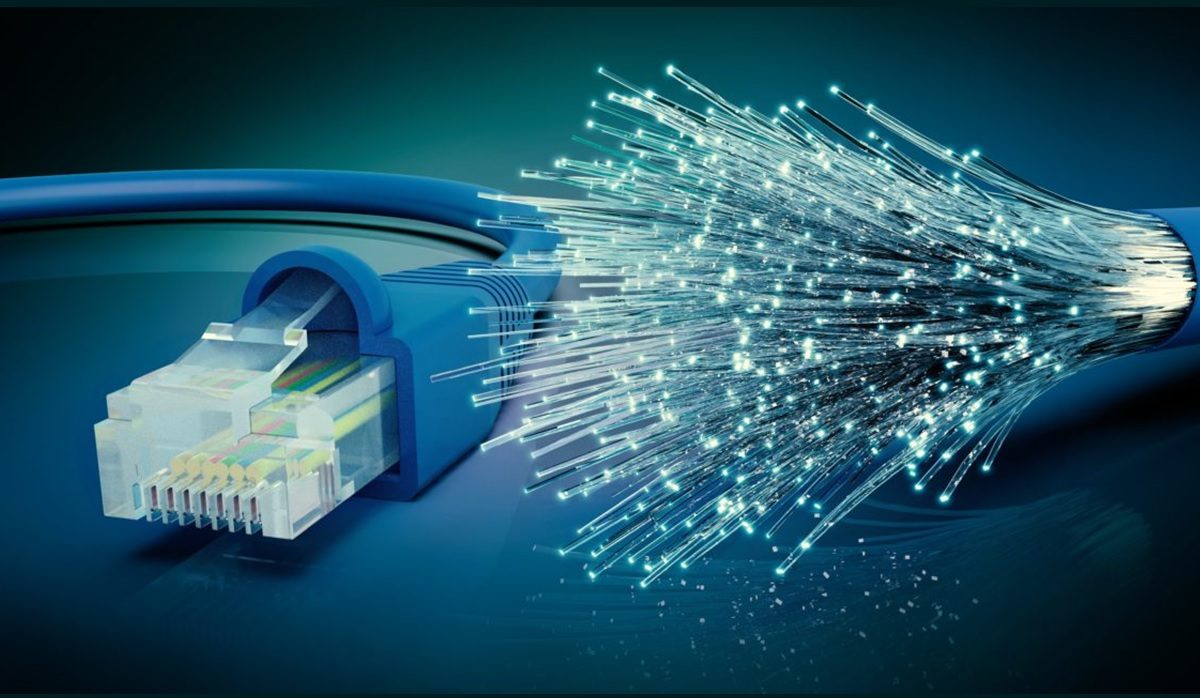 Days before the presentation of the EU budget, the Cabinet approved a PLI scheme of Rs 12,195 crore for the telecom sector, including localized production of core transport equipment as well as access and client products, routers and switches. The government aims to attract large amounts of overseas investment and help domestic companies seize new opportunities to become dominant players in the export market. NK Goyal, president of the Telecommunications Equipment Manufacturers Association, said the scale of OFC production had been ignored by the central government for a long time and the industry wanted a correction in this budget. Meanwhile, steel wire manufacturers, who belong to the labor-intensive SME sector, have also complained. A senior industry official said they were suffering from a severe shortage of raw materials, which could lead to the closure of several units. The official added that in the organized sector, nearly 100 factory units that provide employment to around 500,000 workers in the country are already operating below 50% of their nominal capacity and if the crisis continues, many factories will be shut down. During the preparation of the EU budget, manufacturers sought the government’s help to ensure the supply of raw materials and provide a window to import special goods not produced in the country. It remains to be seen if the finance ministry offers any relief in this regard. Tirthankar Banerjee, general secretary of the Wire Manufacturers Association, said: “The industry is facing a severe shortage of high-quality wire rods, which is the main raw material for wire rod production and has innumerable uses in nation building.” Banerjee went on to say that the lack of supply of high-quality wire rods is 50% of the production problem, which in turn is due to inadequate supply and import restrictions. The wire and cable industry is a direct beneficiary of the development of power generation and distribution infrastructure as this market accounts for nearly 40% of India’s electrical industry. According to the CRISIL report, in terms of volume, the domestic wire and cable industry has grown at a CAGR of 22% over the past five financial years and reached around 17 million kilometers in the financial year 2018-19.
Days before the presentation of the EU budget, the Cabinet approved a PLI scheme of Rs 12,195 crore for the telecom sector, including localized production of core transport equipment as well as access and client products, routers and switches. The government aims to attract large amounts of overseas investment and help domestic companies seize new opportunities to become dominant players in the export market. NK Goyal, president of the Telecommunications Equipment Manufacturers Association, said the scale of OFC production had been ignored by the central government for a long time and the industry wanted a correction in this budget. Meanwhile, steel wire manufacturers, who belong to the labor-intensive SME sector, have also complained. A senior industry official said they were suffering from a severe shortage of raw materials, which could lead to the closure of several units. The official added that in the organized sector, nearly 100 factory units that provide employment to around 500,000 workers in the country are already operating below 50% of their nominal capacity and if the crisis continues, many factories will be shut down. During the preparation of the EU budget, manufacturers sought the government’s help to ensure the supply of raw materials and provide a window to import special goods not produced in the country. It remains to be seen if the finance ministry offers any relief in this regard. Tirthankar Banerjee, general secretary of the Wire Manufacturers Association, said: “The industry is facing a severe shortage of high-quality wire rods, which is the main raw material for wire rod production and has innumerable uses in nation building.” Banerjee went on to say that the lack of supply of high-quality wire rods is 50% of the production problem, which in turn is due to inadequate supply and import restrictions. The wire and cable industry is a direct beneficiary of the development of power generation and distribution infrastructure as this market accounts for nearly 40% of India’s electrical industry. According to the CRISIL report, in terms of volume, the domestic wire and cable industry has grown at a CAGR of 22% over the past five financial years and reached around 17 million kilometers in the financial year 2018-19. 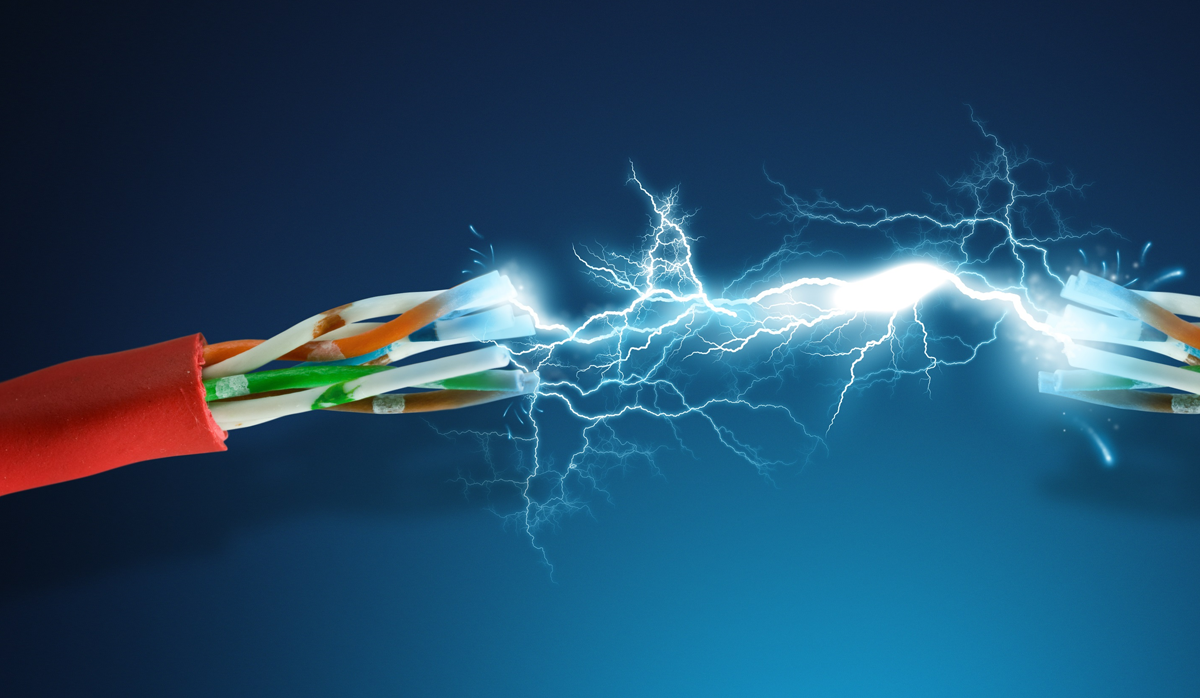 The report expects the industry to travel about 27 million kilometers by the financial year 2023-24, growing at a compound annual growth rate of 10 percent. The 5G revolution promises staggering gigabit-per-second data speeds and near-instant connections. It is expected to have a huge impact on many industries and change the lives of billions of consumers and suppliers around the world. When telecom operators need to connect microwave antennas to indoor units, they have three types of cables to choose from coaxial, fiber optic, or twisted pair high-frequency cables, all of which have advantages and disadvantages. Twisted-pair high-frequency cables are gaining popularity as 5G trials roll out. The advantage of using a high frequency twisted pair cable to connect the microwave antenna to the indoor unit is that you can combine data and power in one cable. This means, for the operator, significant cost and material savings – because you only need to install one cable, you effectively cut costs in half, whereas for other types of cables you would need a separate power supply line and data line. Connecting the increased number of 5G antennas with fiber optic cables can be very expensive. As a result, high frequency cables have grown in popularity over the last few years and we predict this will only increase as they are not only cost effective but also easier to install than other cable types. Stranded high-frequency cables are more robust and environmentally resistant, and installers can easily terminate them in the field. Fiber optic cables, on the other hand, are more sensitive to conditions such as moisture and dust levels. In most cases, fiber optic cables are pre-terminated, meaning installers can simply connect both ends. However, fiber optic cables only carry data. Power must be supplied by a separate cable, which usually must be cut to length, stripped, and terminated.
The report expects the industry to travel about 27 million kilometers by the financial year 2023-24, growing at a compound annual growth rate of 10 percent. The 5G revolution promises staggering gigabit-per-second data speeds and near-instant connections. It is expected to have a huge impact on many industries and change the lives of billions of consumers and suppliers around the world. When telecom operators need to connect microwave antennas to indoor units, they have three types of cables to choose from coaxial, fiber optic, or twisted pair high-frequency cables, all of which have advantages and disadvantages. Twisted-pair high-frequency cables are gaining popularity as 5G trials roll out. The advantage of using a high frequency twisted pair cable to connect the microwave antenna to the indoor unit is that you can combine data and power in one cable. This means, for the operator, significant cost and material savings – because you only need to install one cable, you effectively cut costs in half, whereas for other types of cables you would need a separate power supply line and data line. Connecting the increased number of 5G antennas with fiber optic cables can be very expensive. As a result, high frequency cables have grown in popularity over the last few years and we predict this will only increase as they are not only cost effective but also easier to install than other cable types. Stranded high-frequency cables are more robust and environmentally resistant, and installers can easily terminate them in the field. Fiber optic cables, on the other hand, are more sensitive to conditions such as moisture and dust levels. In most cases, fiber optic cables are pre-terminated, meaning installers can simply connect both ends. However, fiber optic cables only carry data. Power must be supplied by a separate cable, which usually must be cut to length, stripped, and terminated. 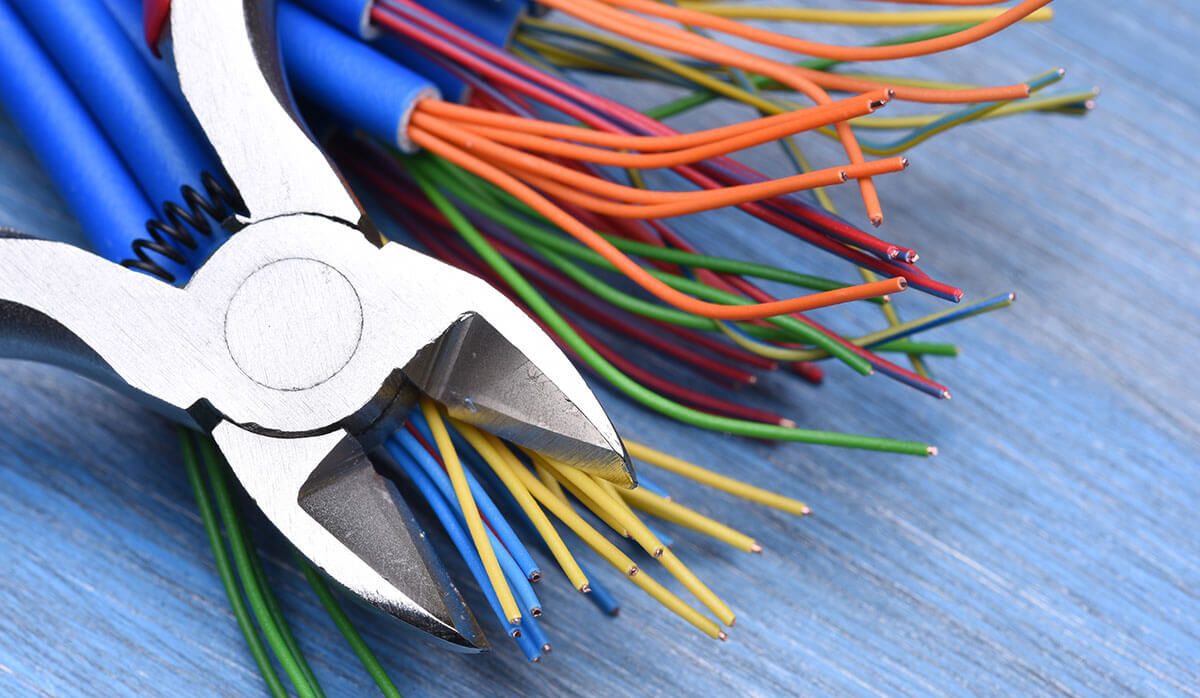
Wire industry analysis India
The further report analysis states that India in wire and cable industry has grown at a CAGR of around 13% over the past five financial years to Rs. 646 billion in the fiscal year 2018-19. The industry is likely to grow at a CAGR of around 11% to reach Rs. 100-1100 billion in the financial year 2023-24. India has also become a net exporter of cables and wires, driven by double-digit annual growth of 12% from 2009 to 2019. Incidentally, the growth of this industry is fundamentally driven by recent developments in the power and infrastructure sectors through government policies. The push for renewable energy and public electrification, housing development, and smart city projects have proven to be additional incentives. The wire and cable industry consists of a large number of small and medium-sized manufacturers and a few large branded companies with domestic and export capacity. The growing share of organized players in the market is expected to reach 79% in FY 2023-24 compared to 68% in FY 2018-19. Implementation of GST, efficiency gains, and a balanced cost structure are some of the factors contributing to the growth of India’s organized sector. Additionally, rising middle-class income and greater customer participation in purchasing electrical appliances, and preference for quality and brand are also driving the growth of organized players in the wire and cable retail market. 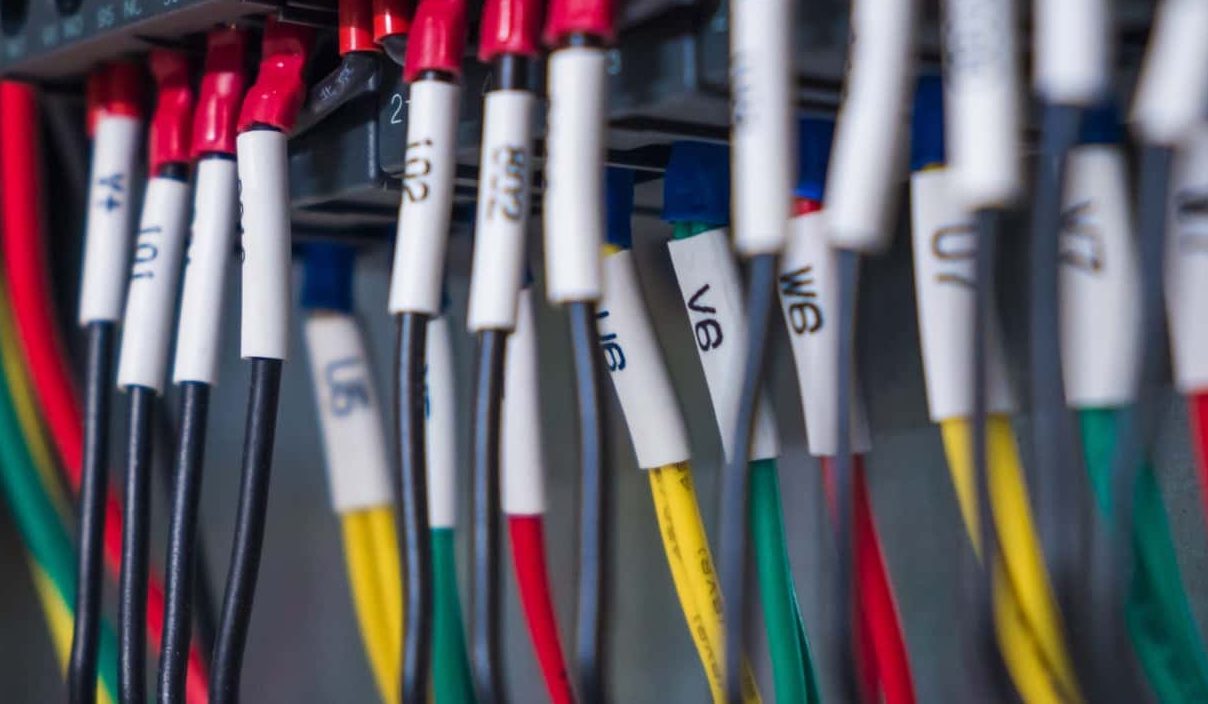 Deepak Chhabria, chairman of Finolex Cables, said on the state of the wire and cable market that its main cables, mainly household wiring, accounted for 60% of revenue and agriculture contributed 20%. and car cables, another 8% comes from power cables and about 12% comes from telecom cables. He further explained that despite the shutdown, the company has not scaled back or slowed down its Rs 200 crore investment plan being carried out at its Urse plant near Pune, where it will produce radiation technology-based solar cables, electrical wiring for cars. Motors, instrumentation cables using fine copper wire and telecommunications fiber to homes as the shutdown continues. However, Chhabria said the worst performer in his lineup was the telecom cable business, where revenue fell by more than 36% in the first half of the year, but demand from the sector appears to have recovered since the second quarter, but new categories — Residential Fiber, as the shutdown continues. The stranded copper wire market is expected to grow at a CAGR of over 1% during the forecast period. The main factors driving the market are increasing energy demand and development of products with more flexible and functional applications.
Deepak Chhabria, chairman of Finolex Cables, said on the state of the wire and cable market that its main cables, mainly household wiring, accounted for 60% of revenue and agriculture contributed 20%. and car cables, another 8% comes from power cables and about 12% comes from telecom cables. He further explained that despite the shutdown, the company has not scaled back or slowed down its Rs 200 crore investment plan being carried out at its Urse plant near Pune, where it will produce radiation technology-based solar cables, electrical wiring for cars. Motors, instrumentation cables using fine copper wire and telecommunications fiber to homes as the shutdown continues. However, Chhabria said the worst performer in his lineup was the telecom cable business, where revenue fell by more than 36% in the first half of the year, but demand from the sector appears to have recovered since the second quarter, but new categories — Residential Fiber, as the shutdown continues. The stranded copper wire market is expected to grow at a CAGR of over 1% during the forecast period. The main factors driving the market are increasing energy demand and development of products with more flexible and functional applications.  According to various studies, Asia Pacific is likely to dominate the global market in the near future. Growing use in infrastructure, telecommunications, energy and other activities in emerging economies may be an opportunity for the future. According to a recent study by the Institute of Civil Engineers (ICE), the global construction industry is expected to reach $8 trillion by 2030, driven mainly by China, India and the United States. Trends show that Asia Pacific globally has the largest construction market led by India, China and some Southeast Asian countries. Initiatives like 100 smart cities and projects like Housing for All by 2022 by the Indian government are also expected to give a significant boost to the country’s housing market. India has also shown great interest from foreign investors in its infrastructure sector. Increased investment in infrastructure construction in West Asia and Africa is expected to increase demand for stranded copper wire. Being a major investor in global infrastructure over the past few years, China is likely to become a major player driving demand for stranded copper wire in the Asia-Pacific region over the next five years. According to market reports, China is also investing about $274 billion in 3,485 infrastructure projects around the world. Rising infrastructure investment should boost the demand for stranded copper wire in the coming days. On the plus side, the Chinese auto industry is also reportedly growing, which is expected to increase demand for copper wire. Talking about a recovery in the wire and cable market, electrical products maker Havells India Ltd reported its best ever quarter after pent-up demand boosted the company’s sales and profits to an unprecedented level in October-December 2020 levels.
According to various studies, Asia Pacific is likely to dominate the global market in the near future. Growing use in infrastructure, telecommunications, energy and other activities in emerging economies may be an opportunity for the future. According to a recent study by the Institute of Civil Engineers (ICE), the global construction industry is expected to reach $8 trillion by 2030, driven mainly by China, India and the United States. Trends show that Asia Pacific globally has the largest construction market led by India, China and some Southeast Asian countries. Initiatives like 100 smart cities and projects like Housing for All by 2022 by the Indian government are also expected to give a significant boost to the country’s housing market. India has also shown great interest from foreign investors in its infrastructure sector. Increased investment in infrastructure construction in West Asia and Africa is expected to increase demand for stranded copper wire. Being a major investor in global infrastructure over the past few years, China is likely to become a major player driving demand for stranded copper wire in the Asia-Pacific region over the next five years. According to market reports, China is also investing about $274 billion in 3,485 infrastructure projects around the world. Rising infrastructure investment should boost the demand for stranded copper wire in the coming days. On the plus side, the Chinese auto industry is also reportedly growing, which is expected to increase demand for copper wire. Talking about a recovery in the wire and cable market, electrical products maker Havells India Ltd reported its best ever quarter after pent-up demand boosted the company’s sales and profits to an unprecedented level in October-December 2020 levels.
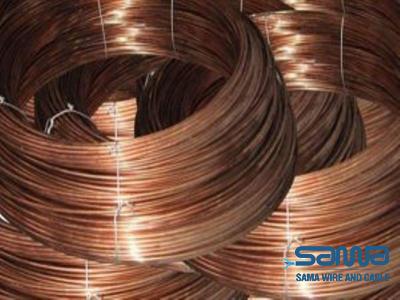
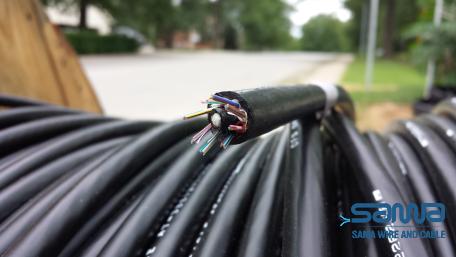
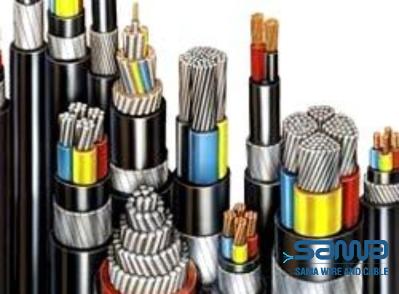
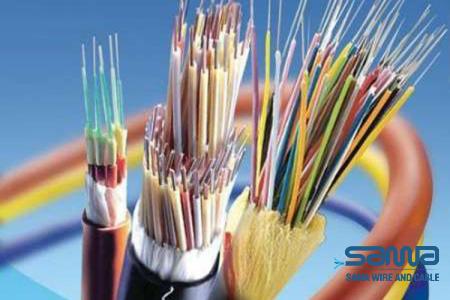
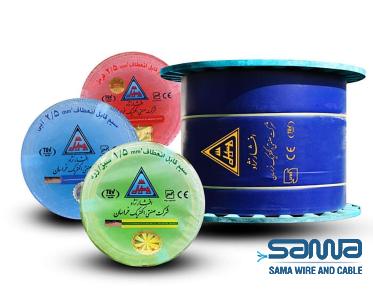
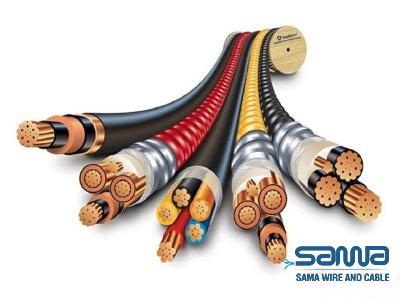
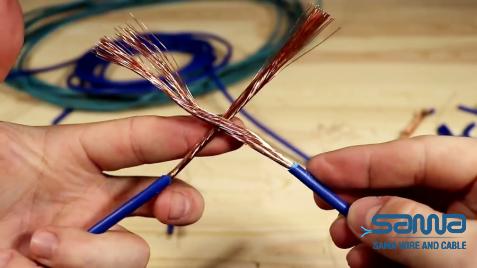
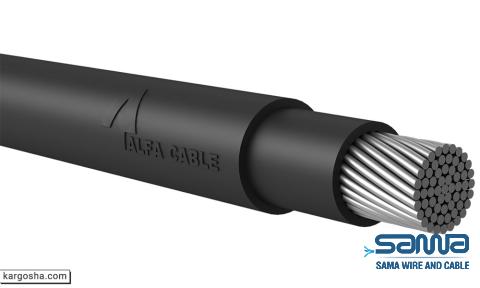
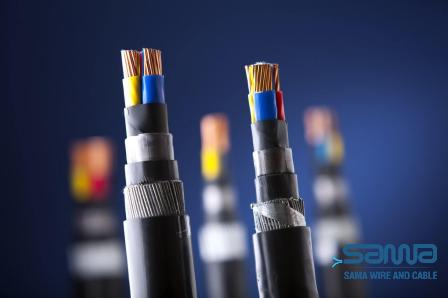
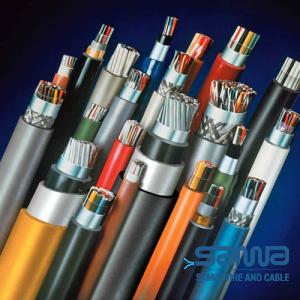
Your comment submitted.